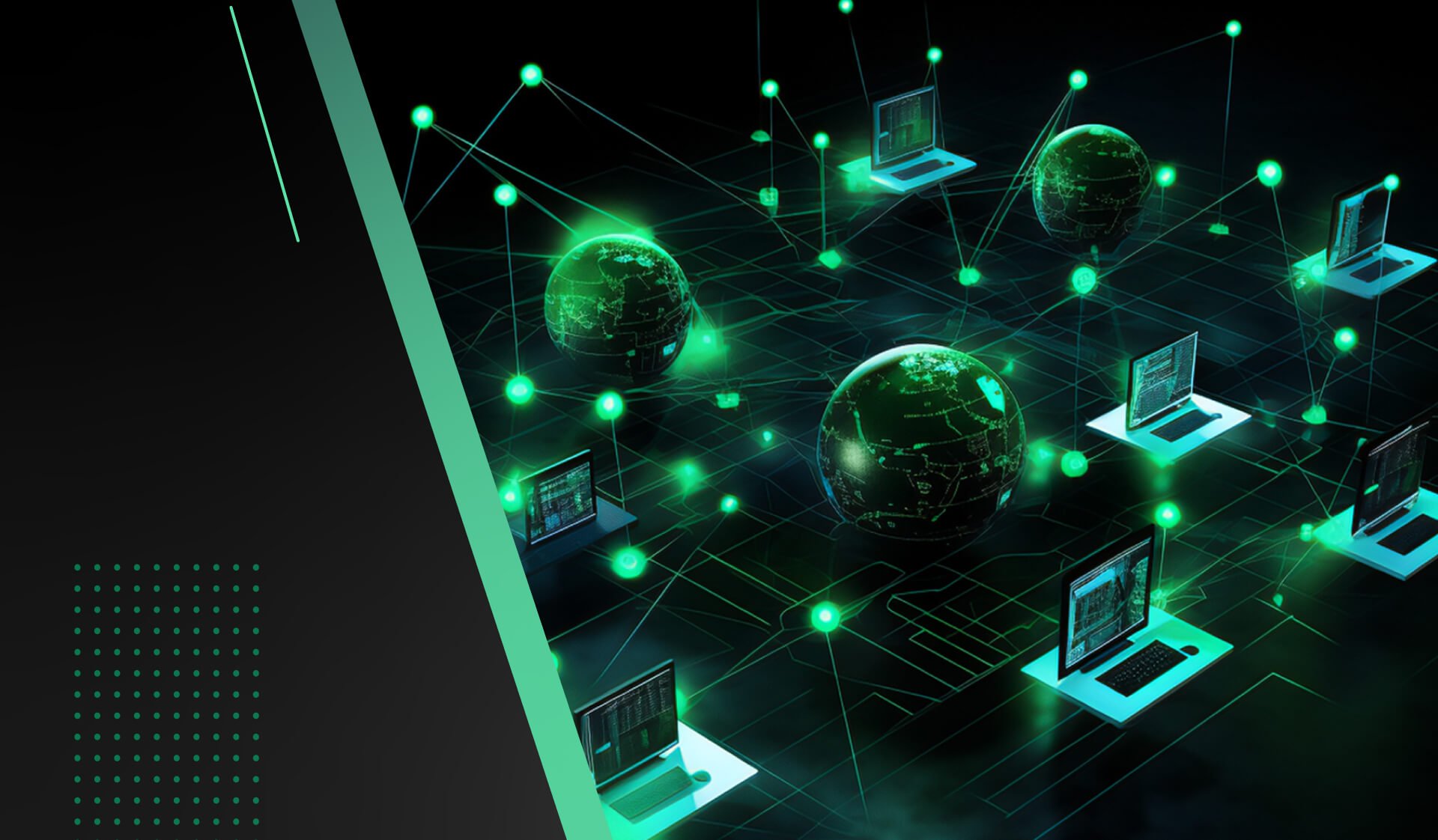In recent years, remote work has become increasingly popular. With the pandemic forcing organizations to shift to remote work, the trend is only getting stronger. However, remote work comes with its own set of challenges, including network security considerations. As more employees work from home, the security landscape becomes complex, creating ample opportunities for cyber attackers to exploit vulnerabilities. In this article, we’ll explore network security best practices for distributed teams to help keep your organization safe.
Securing Home Networks
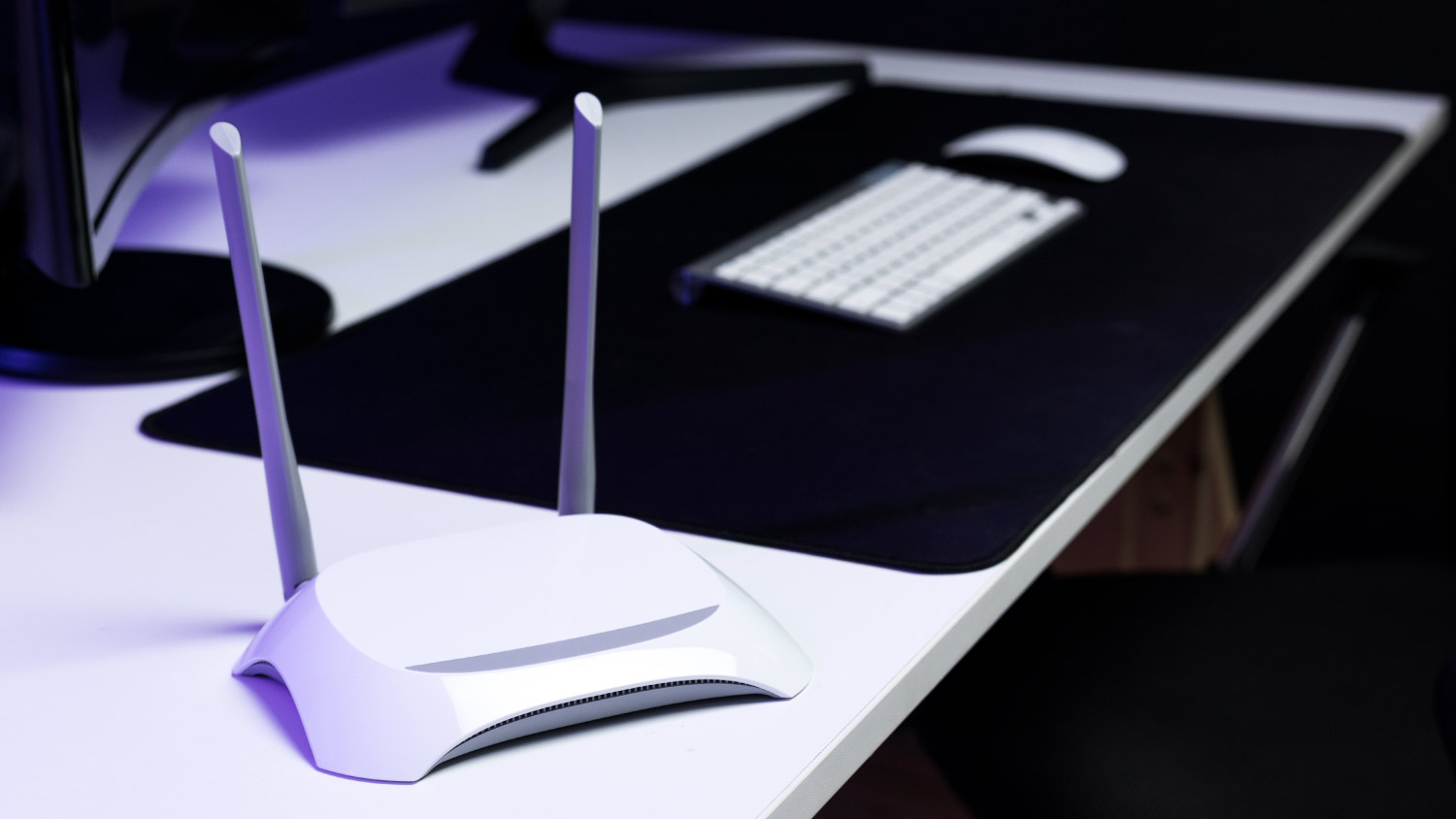
Home networks are the first line of defense for remote employees. Ensuring they are secure is critical. Simple measures, such as changing default router passwords, using strong Wi-Fi passwords, and enabling WPA3 encryption, can go a long way in securing home networks. Further, it is crucial to keep firmware and software up-to-date, use antivirus and anti-malware software, and implement firewalls and intrusion detection systems.
Implementing Secure VPN Connections
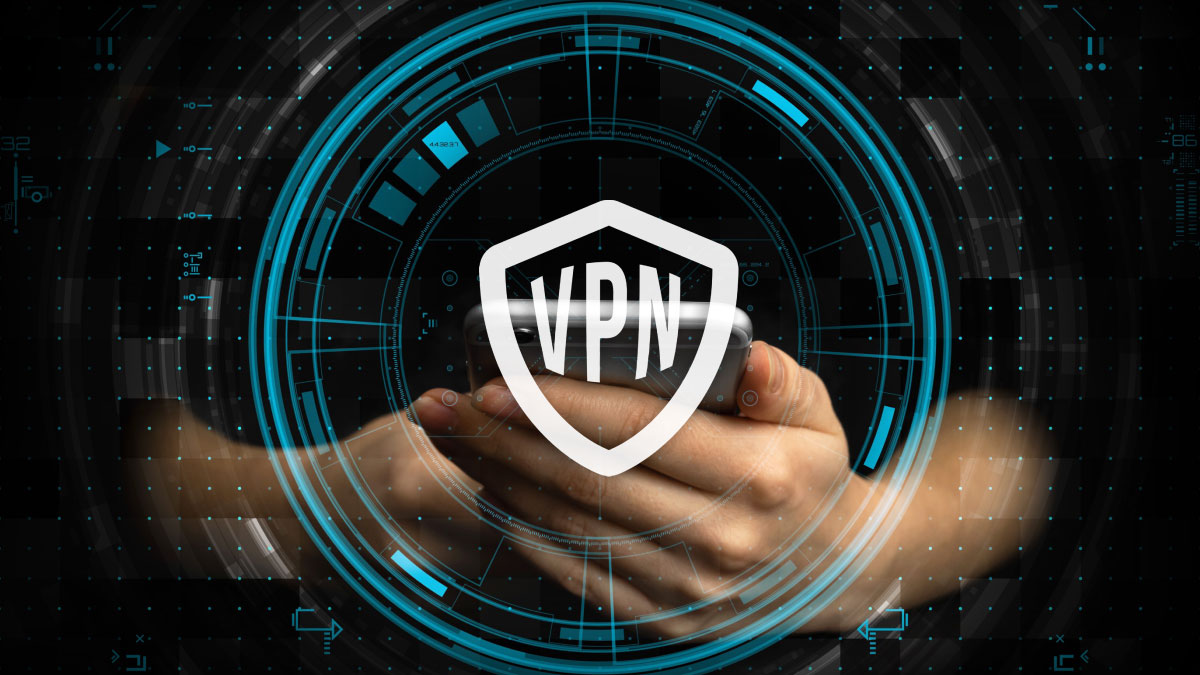
A VPN provides remote employees with a secure connection to the corporate network. The VPNs secure the employee's Internet traffic by encrypting it between the employee's device and the VPN server. To ensure they're secure, it's important to restrict VPN access to employees who need it, use multi-factor authentication, and have an up-to-date VPN client. Additionally, VPN logs should be reviewed regularly for signs of malicious activities.
Multi-Factor Authentication
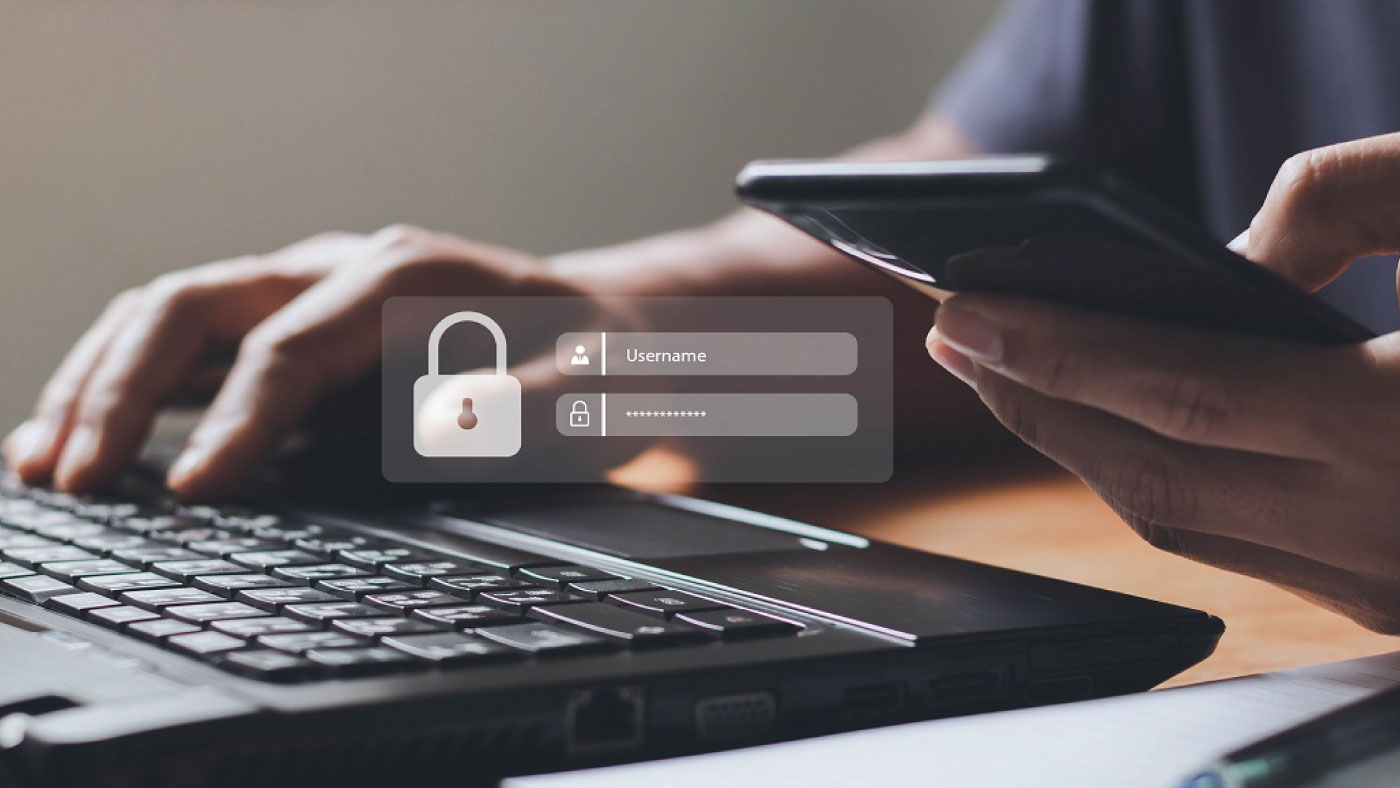
Multi-factor authentication (MFA) adds an additional layer of security to remote employees' accounts. MFA requires the user to provide two or more forms of authentication to access their account. This could include a password, fingerprint, smart card, or voice recognition. MFA safeguards against unauthorized access in the event of a stolen password, phishing attack, or other password-grabbing methods.
Educating Remote Employees
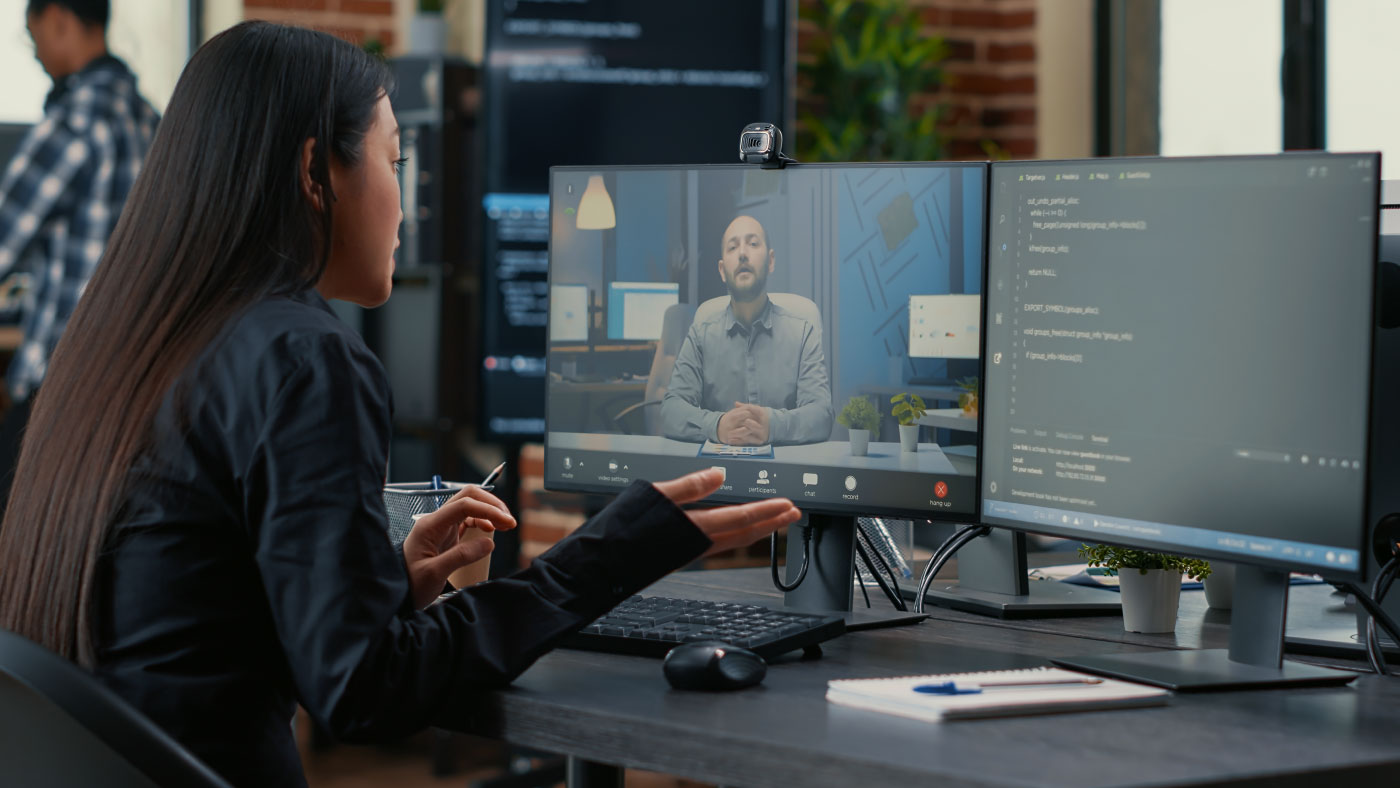
Employees must understand the importance of cybersecurity best practices and how to follow them. Cybersecurity training must be comprehensive, include regular updates, and be mandatory for all remote employees. Topics should include password hygiene, phishing and social engineering, safe browsing habits, and data protection. Further, it's critical that employees understand the consequences of failing to adhere to the guidelines.
Network Segmentation
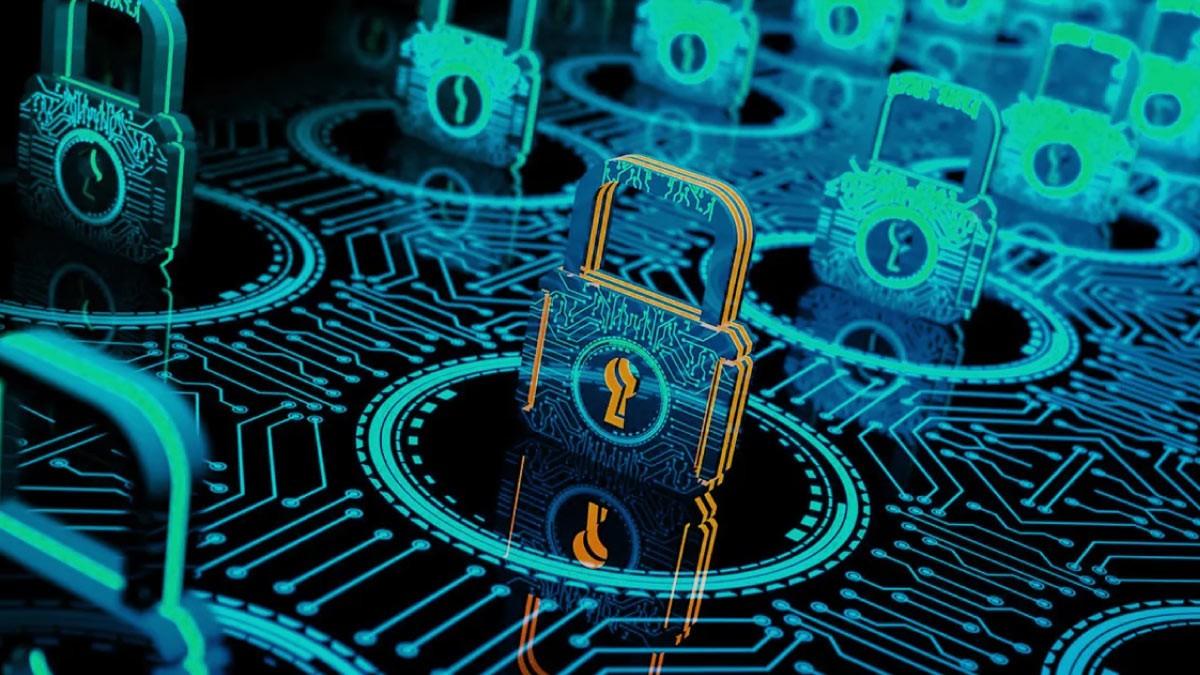
Network segmentation provides an additional layer of security by splitting a larger network into smaller ones. This enables administrators to isolate important resources, such as servers, applications, and databases, from threats that may originate from less-trusted areas or devices on the network. Implementing network segmentation requires careful planning, and once deployed, regular reviews and monitoring.
Conclusion
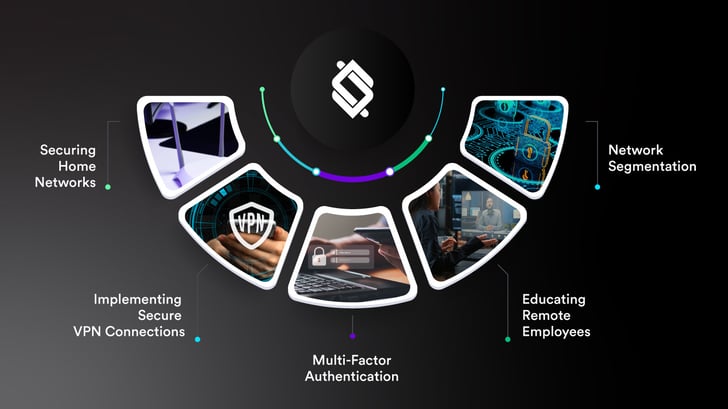
Securing remote work environments is a continuous process and not a one-time event. Implementing the above network security best practices can go a long way in safeguarding your organization's assets and critical data. As a team, your organization must continually reassess its security posture, learn from national attacks, and adapt to new cyber threats in a proactive manner. By implementing these measures, you’ll be able to minimize the risk to your organization and stay ahead of the attackers.
